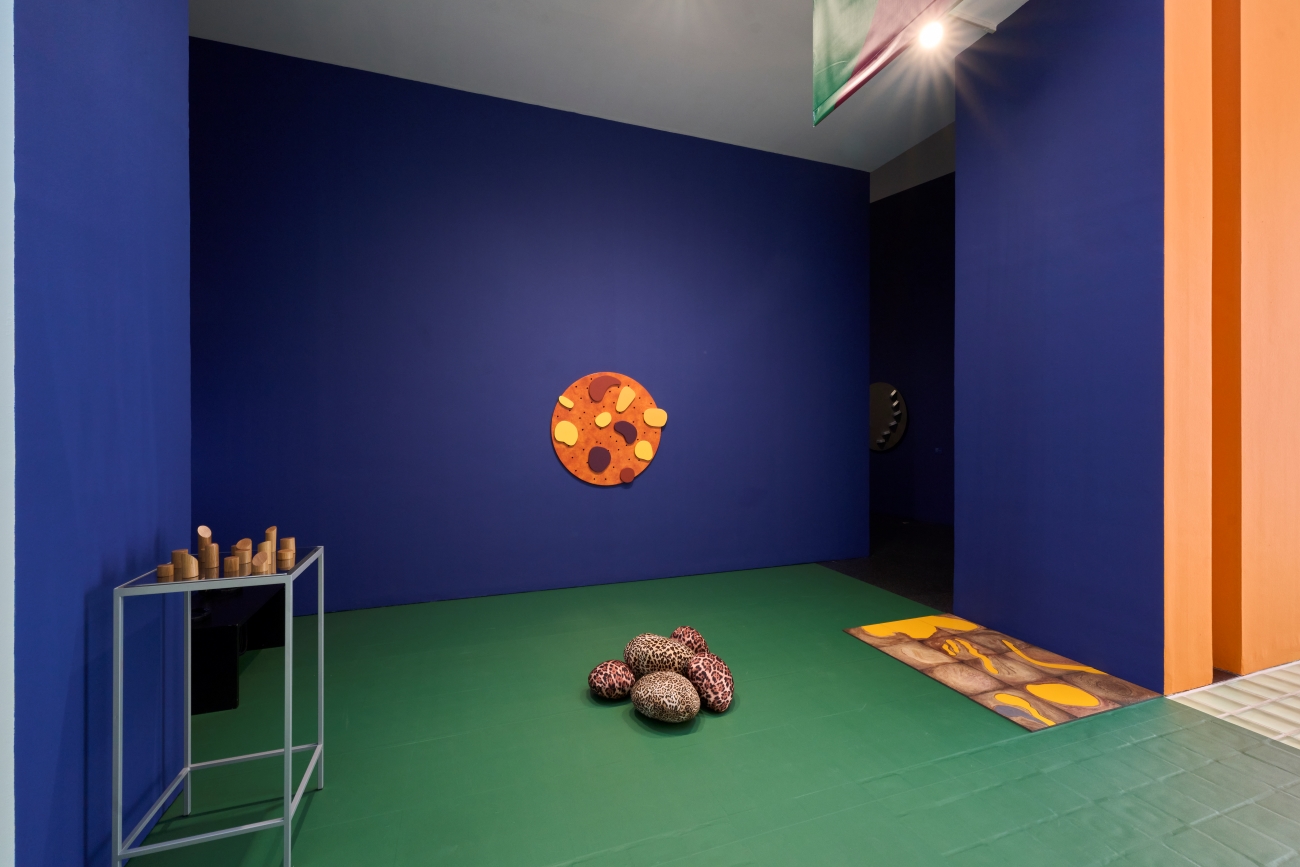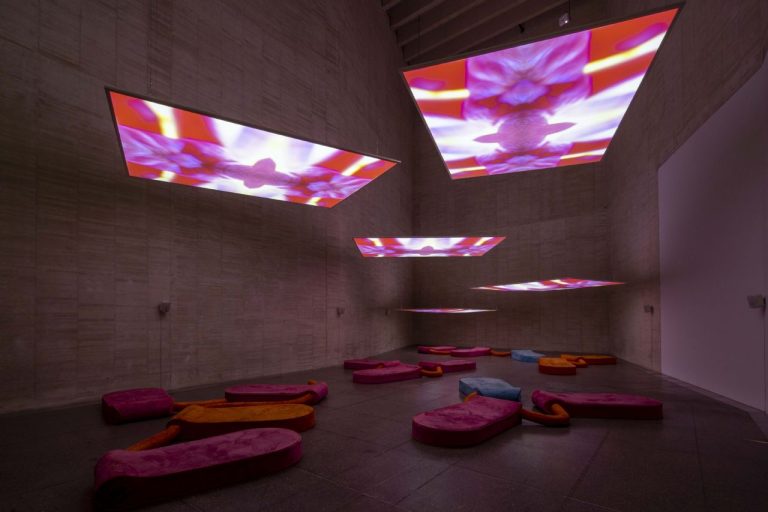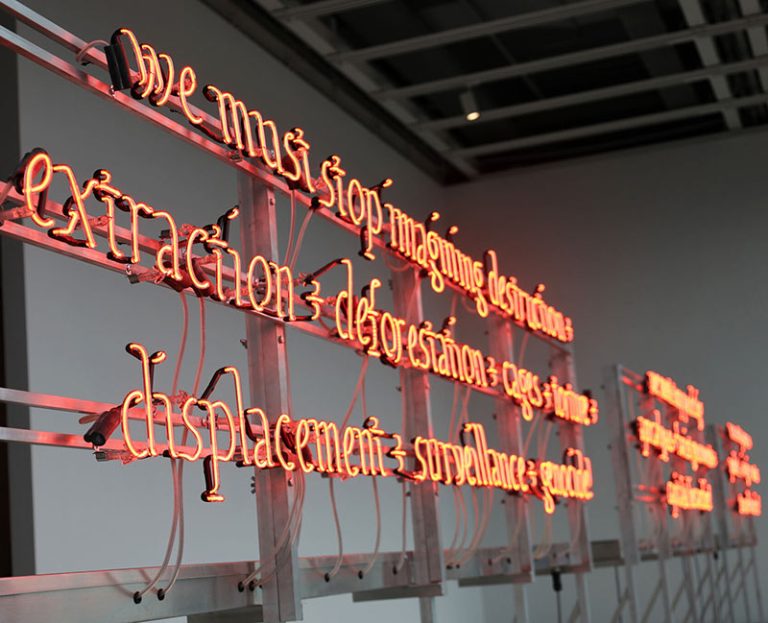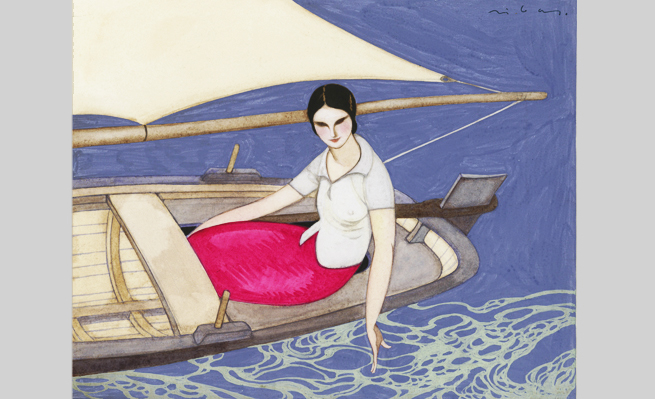Barcelona,
Back in 2012, she was part of the extensive collective exhibition at MUSAC “Feminist Genealogies in Spanish Art: 1960-2010” and Borja-Villel included her, in 2021, in his re-reading of the collections of the Museo Reina Sofía, but MACBA had yet to dedicate a solo exhibition to the artist from Amposta, also a poet and above all an activist, Mari Chordà, whose career since the sixties has always been linked to the demand for women’s emancipation.
Among the hundreds of works gathered in “Mari Chordà… and many other things” are paintings, sculptures, graphic works, literary texts and documentation; the title of the exhibition, curated by Teresa Grandas, is taken from her first collection of poems, presented in 1976 at the Jornades Catalanes de la Dona, which was followed by Notebook of the body and water, Unfaithful locomotive of the passat, Umbilicals and Not like a so. Some of the pieces will be unpublished, such as the installation Uterus/Uterus (2017-2024), the mural Dissoldre’s 2 (1967-2024) —which has been integrated into the MACBA Collection— and recreations of interactive mobile sculptures produced for this installation, organised together with the Museu d’Art Modern of the Diputación de Tarragona.
Just as her activities as an artist, poet, writer and activist cannot be dissociated, Chordá’s work cannot be examined independently of her images, social action projects and writings; in both, she demonstrated her talent for observation and her will to agitate, first in the political context of the dictatorship and then in favour of the recognition and visibility of women’s work or their freedom in the intimate sphere, which had to do with personal relationships and sexuality.
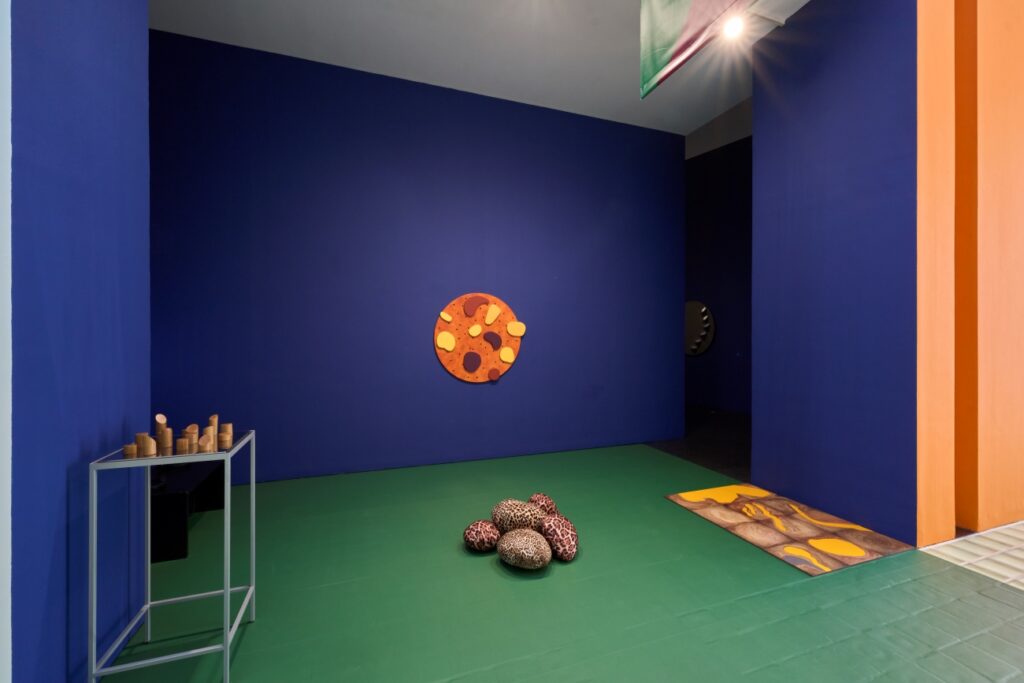
Although she was trained according to conventional academic programs and in accordance with the artistic panorama of her time, Chordà soon wanted to articulate her work from her own language and choose individual references: these would be those of psychedelia and Pop Art, although we cannot frame her production within these currents. A good part of her creations, plastic and written, appeal to motherhood and sexual pleasure; in the case of her paintings, they do not respond to strict figurative canons, in the sense that they lack realism, but they do evoke forms linked to bodily fluids or sexual organs, underlining their sensuality and not their sordid side. She also tried to enhance it by using flat tones that suggested strength and vitality.
It was common for the artist to associate creation with sexual activity itself, and her investigations into the female body were carried out starting from her own body, shifting the attention given to the face in the traditional self-portrait towards the intimate areas, without shame and at the same time without any desire for obscenity; this recourse to a sexuality that we can say was exacerbated and self-referential, supposed the self-affirmation of her desires and concerns and also her legitimation of the validity of freedom and joy. The playful aspect is also present in those mobile sculptures that she created in the sixties and seventies: toys that could give rise to changing forms.
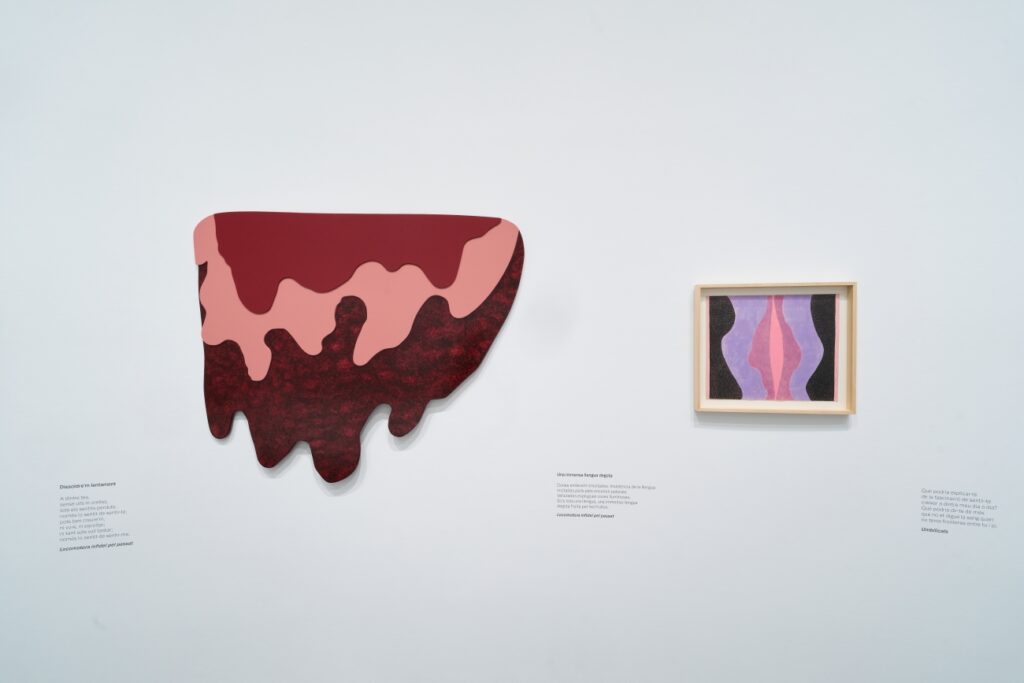
After creating those pieces, she remained away from artistic work for a long period, until the early nineties. At that time, she began to recover her early production and later opened up to new lines of creation: the marine world. She represented figures that she called cetaceans and, later, spirochetes, the latter conceived as a tribute to the biologist Lynn Margulis, who had studied the microorganisms that inhabit the Ebro Delta. Among the most recent series that have arrived at MACBA is a photographic series, specifically underwater, and the aforementioned installation Uterus/Uterus.
Beyond the plastic aspect, this exhibition recalls the other aspects of Chordà’s commitment to feminism (and to pleasure, in a general sense, due to its subversive nature and considered a right): she founded Lo Llar in Amposta, a space that functioned as a cultural activation centre and where concerts, exhibitions and a good number of activities took place. Once she settled in Barcelona, she started, together with a group of women, laSal Bar-biblioteca feminista, a place for meeting, mutual support and collective organisation for them; it would be the germ of laSal, edicions de les dones, the first publishing house in Spain specifically dedicated to literature and essays written by women.
The ultimate purpose of the artist’s proposals, whatever form they took, was to celebrate enjoyment as a valid space for dissent (moral, cultural and social), as well as roots, which she understood as a way of life and resistance.
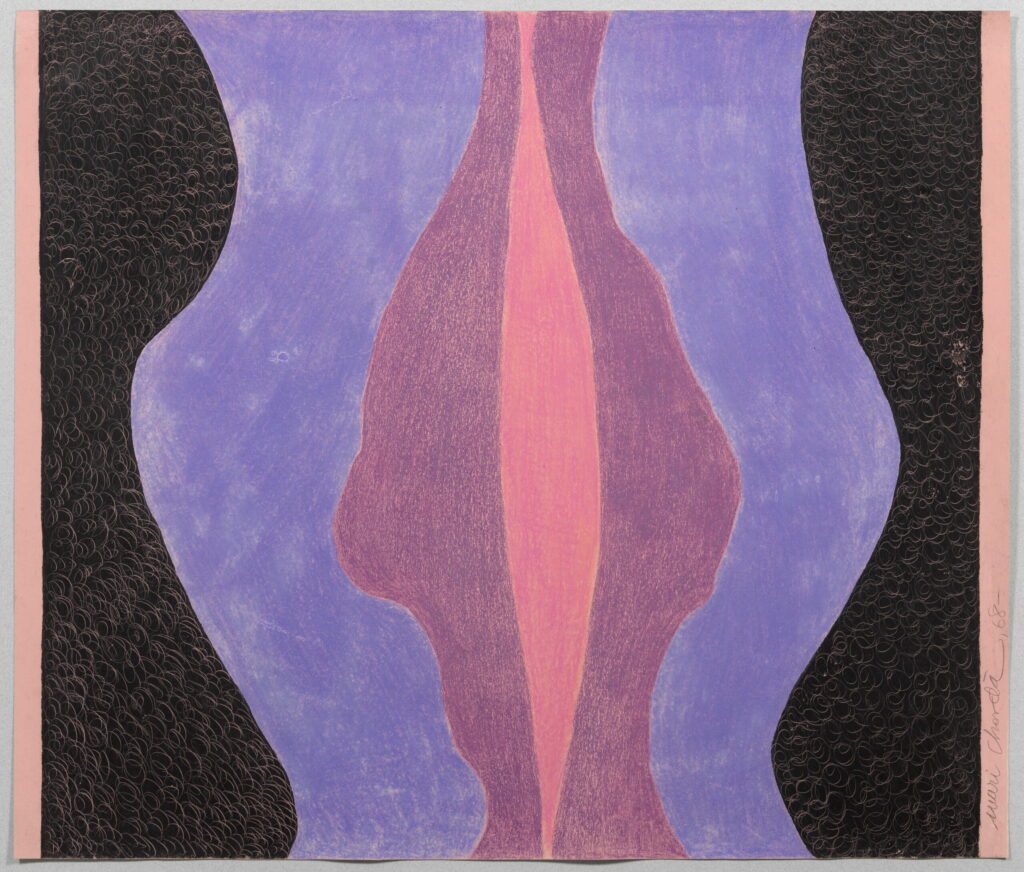
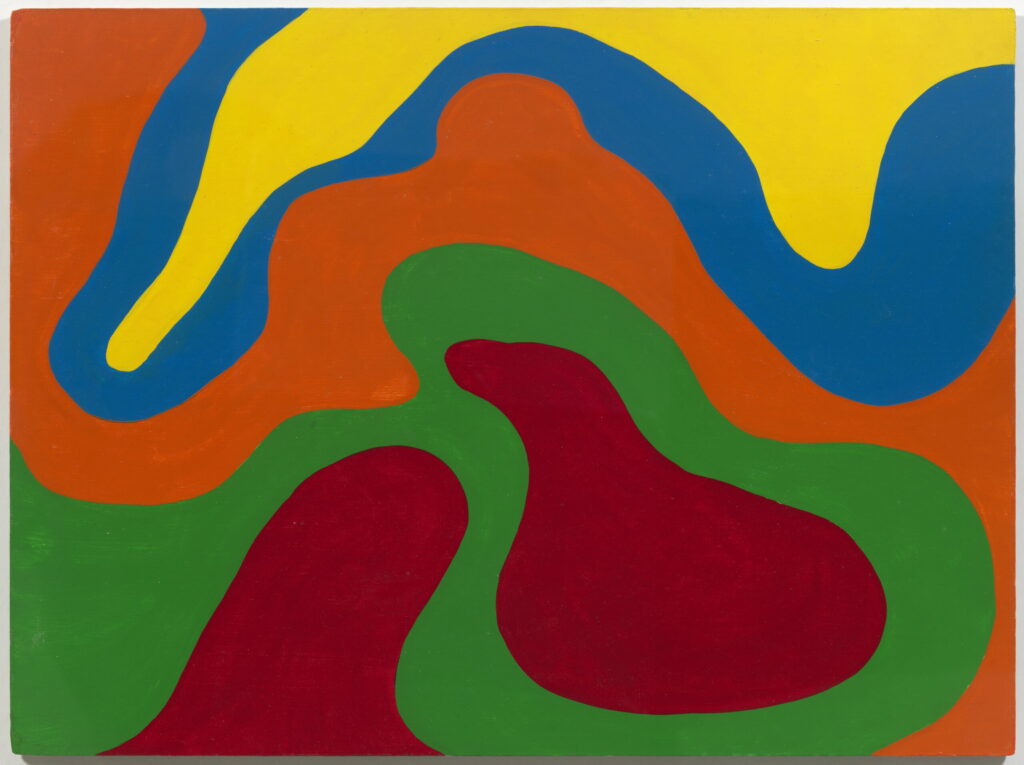
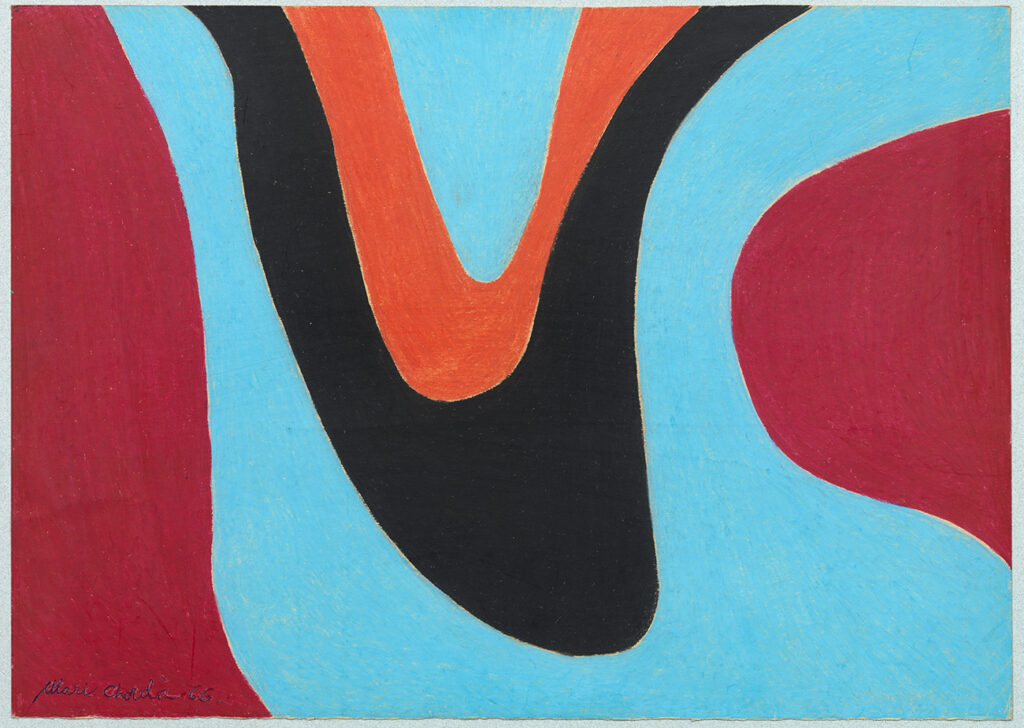
“Mari Chordà… and many other things”
MACBA. BARCELONA MUSEUM OF CONTEMPORARY ART
Plaça dels Angels, 1
Barcelona
From July 5, 2024 to January 12, 2025

